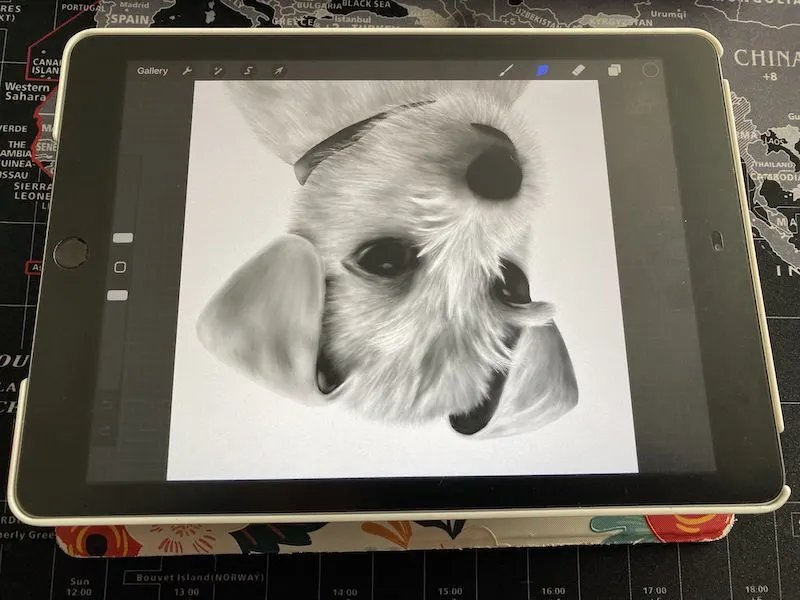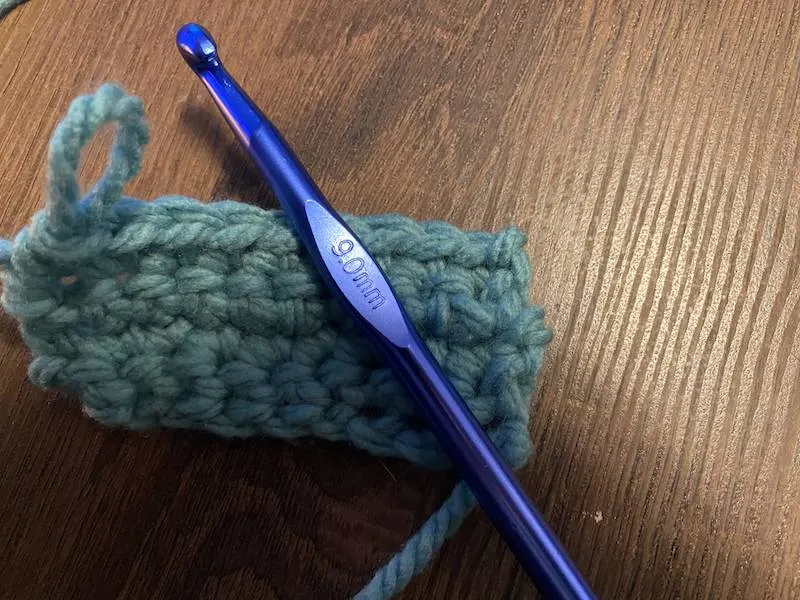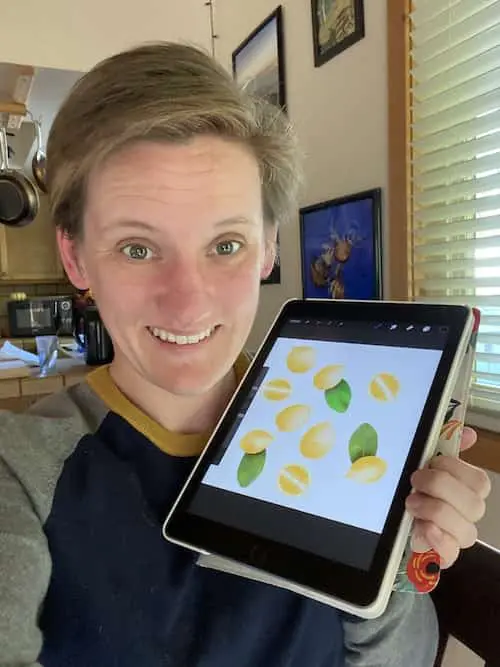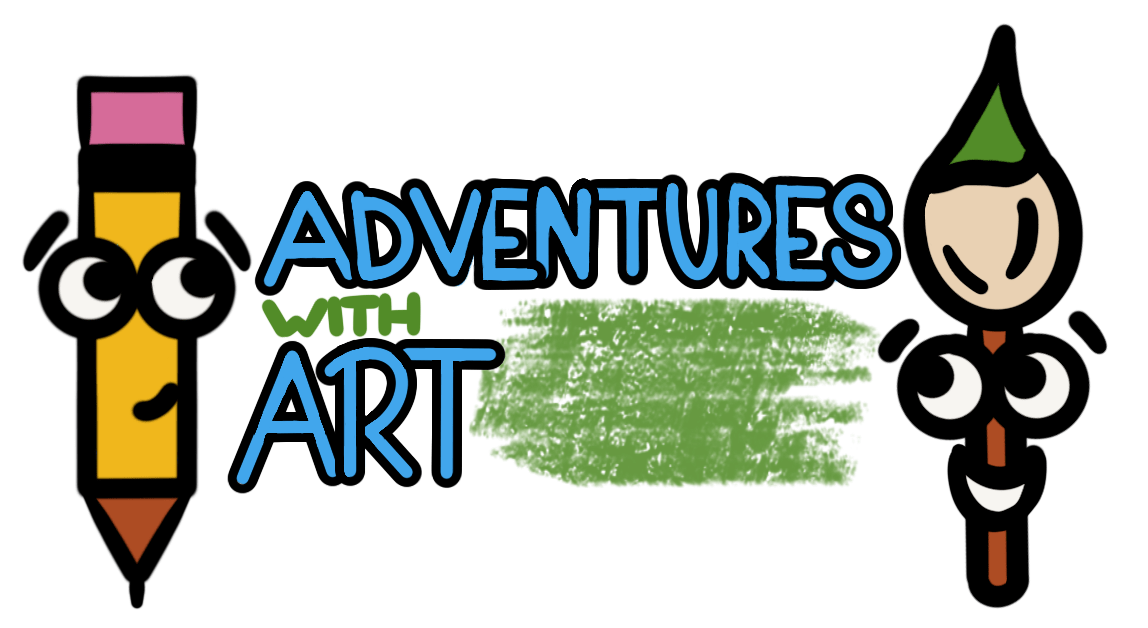We all know the cliche that practice makes perfect and that practicing a skill every single day would be great in a perfect, stress-free, unscheduled world. In reality, it’s hard to do. When it comes to drawing and art, how neurotic should you be about carving out some time every day to practice? Very neurotic. Even though it’s challenging, practicing your drawing skills everyday will make you a better artist.
Drawing every day will make you better in the shortest amount of time by refining your skills and increasing your motor memory more quickly. You’ll also become more efficient, decreasing the effort you need to draw and finish a piece of artwork.
There are a lot of good reasons to give yourself an excuse to take a break every day and pull out your sketchbook and pencils. Let’s dive into the reasons that daily drawing practice will make you better.
What Happens When You Draw Every Day?
When you draw every day you’re doing what’s called “motor learning.” This is the type of learning your brain needs to tackle a new skill and become fluid with it. Motor learning happens in 3 steps (source):
1) You need to rely on a lot of instruction and feedback. You also make a lot of mistakes, which is ok! For drawing, this is when you’re watching YouTube tutorials or following step-by-step instructions from a book.
2) You’re starting to rely on instructions less and less. You also notice that you’re starting to draw faster, while making fewer mistakes. For drawing, this is when you’ve drawn something a number of times and you start to understand the steps to recreating it successfully.
3) You’ve reached the stage where instructions are no longer needed! Completing the task is almost automatic, and you’re making fewer mistakes. It starts feeling natural! In drawing, this is when you’ve drawn the same thing over and over again to the point where you can draw it successfully without much thought. Think about signing your name. While hard at first, it becomes automatic after a lot of practice.

Here’s another practical example of motor learning at work:
Remember the first time you drove a car? It was probably really awkward at first and you needed to think about every single little detail. Overtime, you got used to it and driving seemed easier. You started to understand left turns, the feel of your car as it braked, and where you needed to go.
Eventually, you had those days where you drove to work and couldn’t remember how you got there. Driving was so ingrained in your muscle memory that you could almost do it automatically. That’s how motor learning works.
When you draw every day, you can speed up your motor learning and master your drawing skills more quickly.
Drawing Every Day Will Help You Draw Faster
If you’re like me, you get frustrated by how long it can take to finish a drawing. Erasing lines over and over again and painstakingly working to get the smallest little thing correct.
No fun.
This won’t happen forever though and drawing every single day can help speed up the process. Think about the first time you wrote your name. It took forever to shape each letter, right? Now, I bet you can write your name with your eyes closed.
As you work on a skill and your motor learning improves, you can get faster at it. Your brain doesn’t need to work as hard to recreate a skill it is getting close to mastering as it does a skill it is first learning. Basically, your brain becomes more efficient. (source).
Drawing Every Day Will Teach You to See Differently
Adding to the motor learning, drawing every day will also make you see the world differently. Without an artist’s eye, a car is a car. To an artist, a car is 4 circles attached to a collection of squares. Which is easier to draw, a car or a collection of circles and squares?
When you practice drawing every day, you’ll start to notice how your drawings are just collections of lines, shapes, and shadows. It’s not insulting; it’s a good thing.
Research suggests that improvement in drawing skills is all about understanding the shapes of objects, how lines separate light and dark, and where different objects are in relation to each other (source). It’s about the basics. And, seeing the basics for what they are when you’re drawing.
There’s also a another way to see your drawing differently – by flipping it! Check out my post on flipping your art to learn more.

Step Away From Your Drawing Practice
As we’ve seen, drawing every day can speed up your motor learning and help you improve your drawing skills more quickly.
That said, it’s important to stay balanced.
Figure out how much time you have to practice drawing every day, but don’t go overboard. Remember that practice is worthless if it isn’t high quality and deliberate. Practicing for 2 hours on a bumpy bus ride isn’t a great source of high quality practice.
If you only have 5 minutes every day to practice, but that 5 minutes is high quality, that will be better than 2 hours of bumpy bus ride low quality practice.
It’s also important to step away completely every once in a while. Think of an athlete that takes a rest period after a big game or race. Drawing every day is great, but you do need to have your own “off season.” Research shows that stepping away from practice can reduce the amount of “task-irrelevant forces” that come into play (source). “Task-irrelevant forces” are any movements that don’t add to the success of the task you’re working on.
Practicing for too long without a break can lead to burnout, which can lead to mistakes, slip ups, and “task-irrelevant forces.” Take the breaks you need to prevent burnout and make sure that your practice is always high quality. Maybe this means you don’t draw every Monday, or that you take a full week off every month.
Or, maybe it means that you switch to a new art form, like crocheting!

Consistent practice with your drawing will only help you if you can avoid burnout and continue drawing long-term. What’s the point of being a great artist if you get burned out and lose your passion for it?
Drawing is a skill that can be learned and improved overtime. Commit to a daily drawing schedule, with breaks to avoid burnout, and you’ll see your skills improve.

Diana has been an artist for over 27 years and has training in drawing, painting, digital drawing and graphic design. Diana’s latest obsession is digitally drawing with Procreate and Procreate Dreams. Diana has experience selling her art across a number of platforms and loves helping other artists learn how to make money from their art as well.
